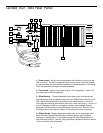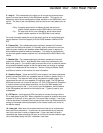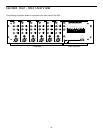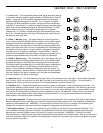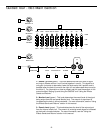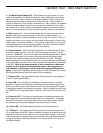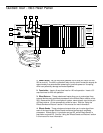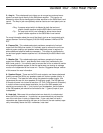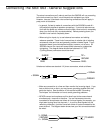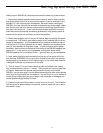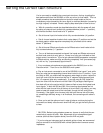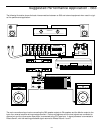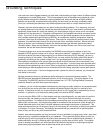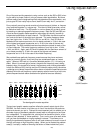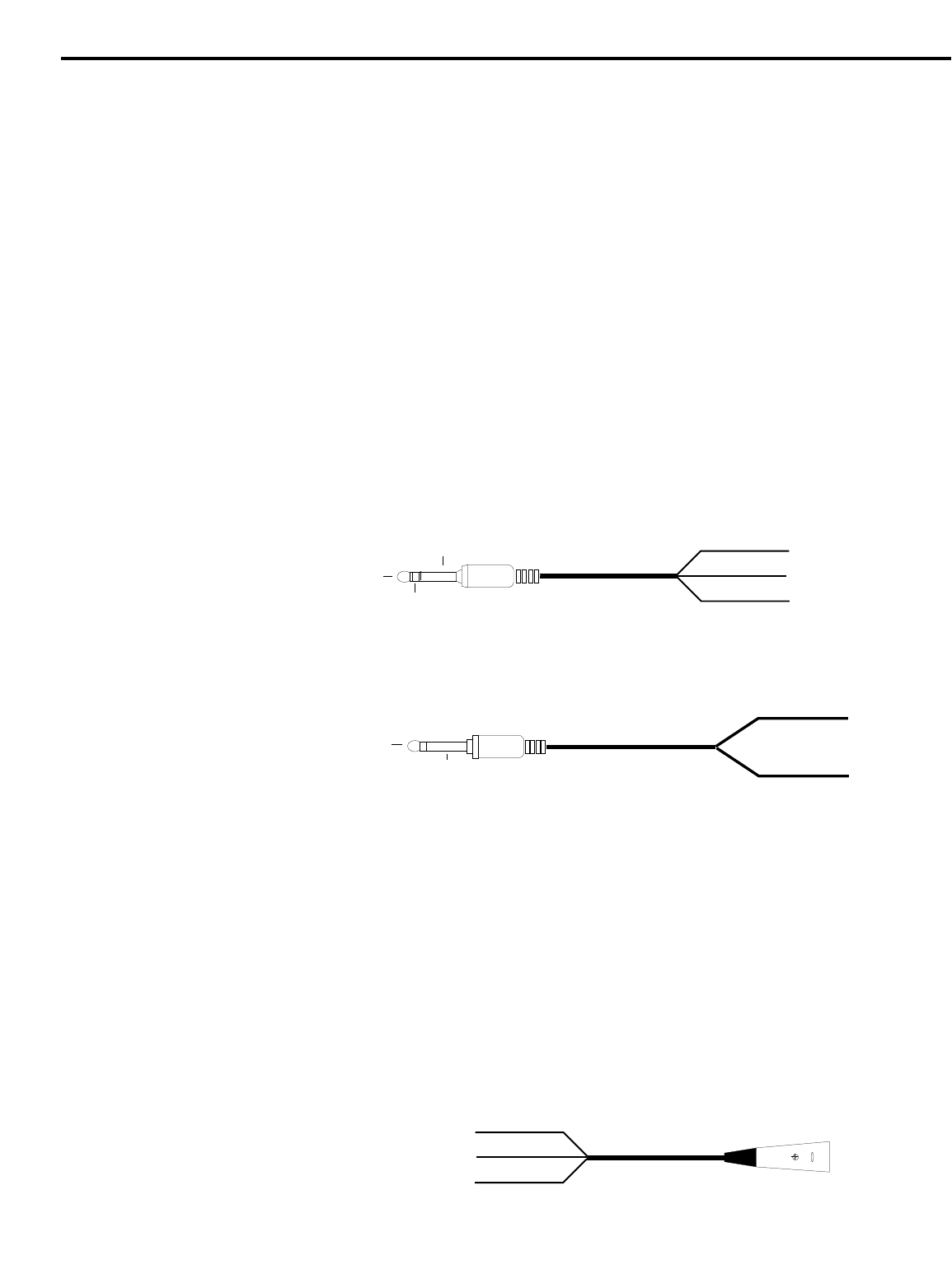
16
The actual connections you’ll make to and from the S83/S63 will vary according
to the environment you use it in and the particular equipment you have.
However, here are a few basic rules concerning connections that will apply in
pretty much all situations:
• In general, it’s best to make all connections with the S83/S63 turned off—
this particularly applies to speaker connections. If you must make connec-
tions with the power on, make sure that the Main Level control is completely
down (turn the knob fully counterclockwise). Before powering down, turn
the Main Level control completely down.
• When using line inputs, try to use balanced connectors and cabling
wherever possible. These kind of connections do a better job of rejecting
extraneous noise and hum and generally provide a cleaner signal. If your
equipment doesn’t provide balanced outputs, however, not to worry: All
S83/S63 channel line inputs will accept either balanced or unbalanced
connectors. The diagram below shows how balanced 1/4” TRS
(Tip/Ring/Sleeve) connectors should be wired:
Unbalanced cables use standard 1/4” phone connectors, wired as follows:
• Make one connection at a time and then monitor the incoming signal. If you
hear a distinct hum or buzz, you may have a grounding problem with that
particular device. See the section in this manual entitled “Grounding
Techniques” for information on how to avoid grounding problems.
• NEVER connect a microphone and line level input to the same channel
simultaneously—use one or the other. You can have some channels
connected to microphones and others to line level signals (for example, you
might want to plug mics into channels 1 - 4 and line level signals into the
remaining channels)—just don’t have both kinds of inputs connected to the
same channel. The diagram below shows how your mic connectors should
be wired:
Connecting The S83/S63 - General Suggestions
TIP +
GROUND
RING -
RING
TIP
SLEEVE
+ SIGNAL
GROUND
+ SIGNAL
GROUND
3 - SIGNAL
1 GROUND
2 + SIGNAL
TO MIXER



